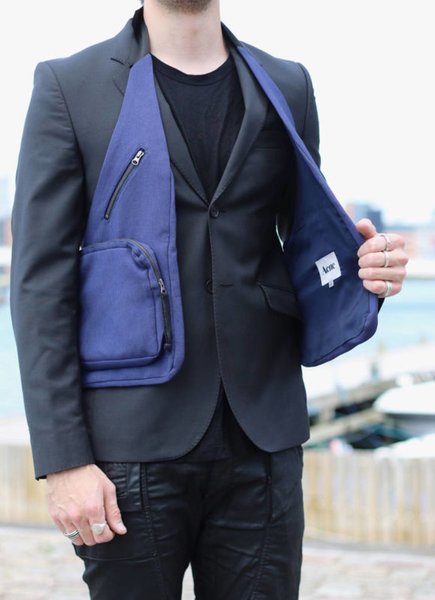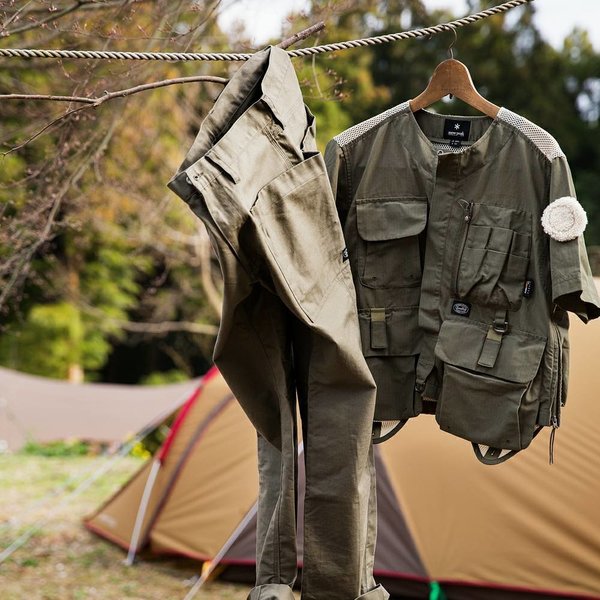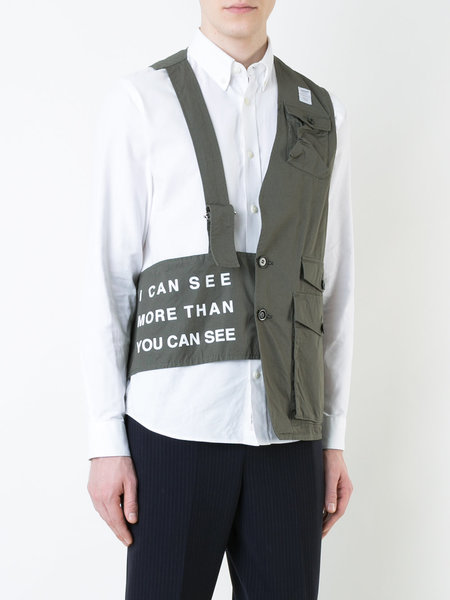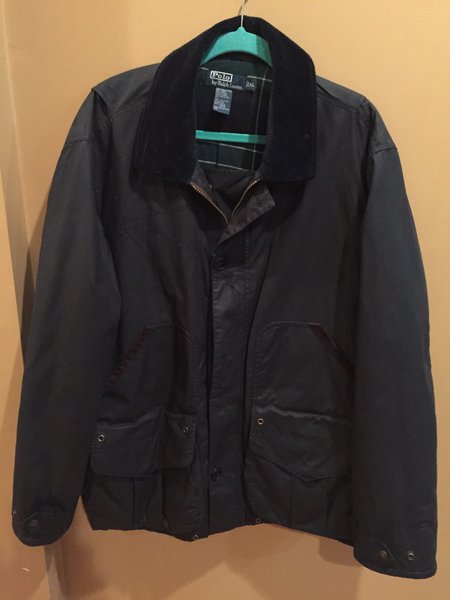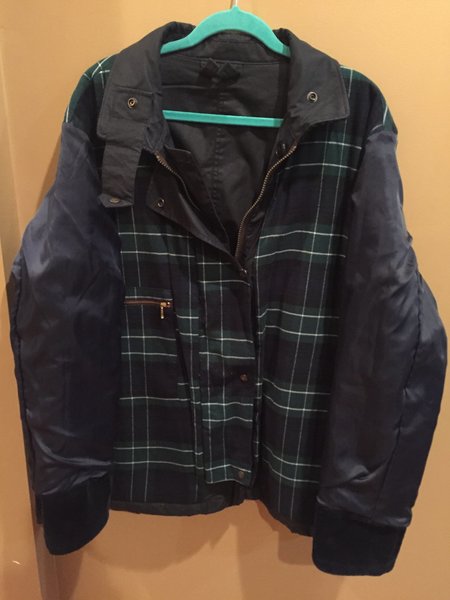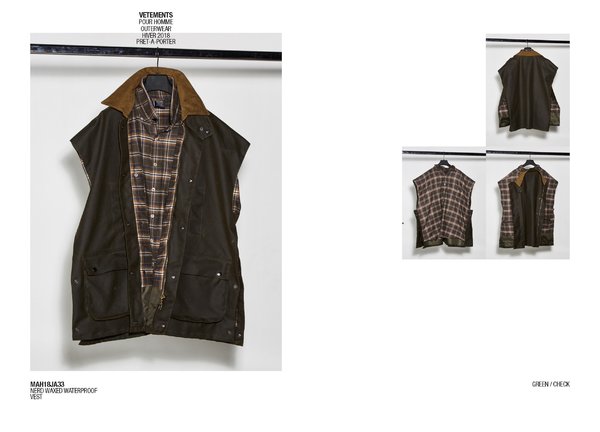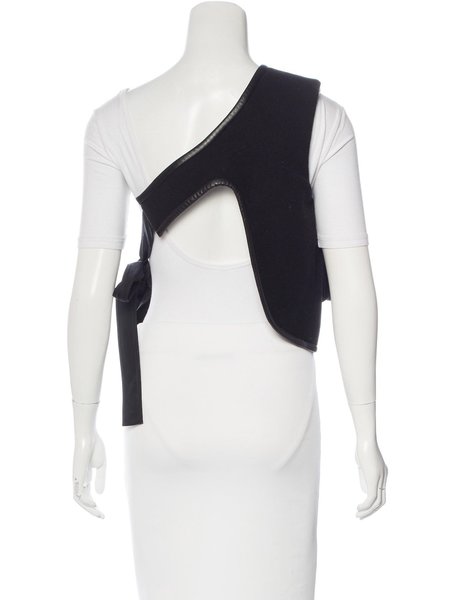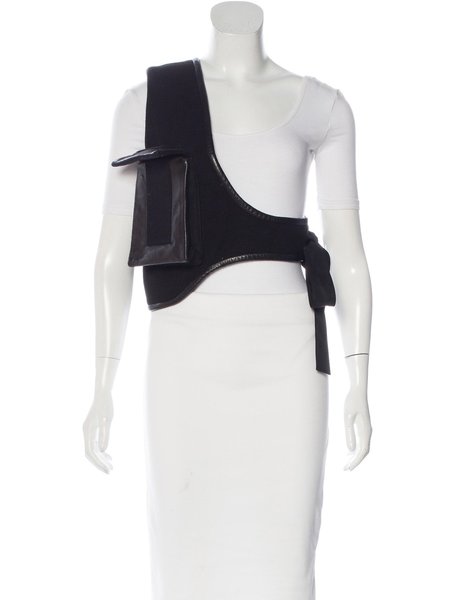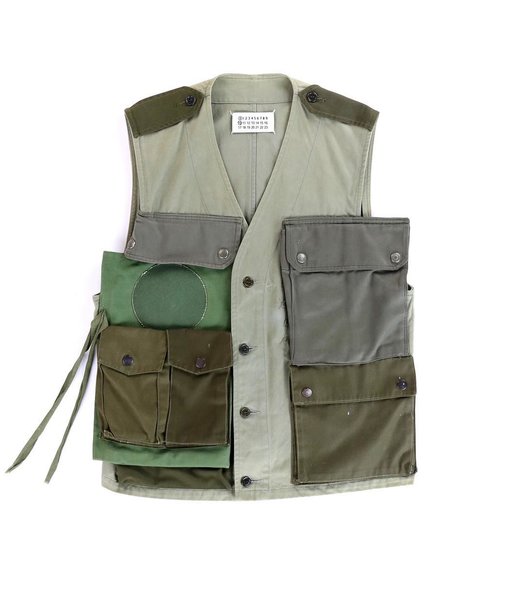Support the forum
Navigation
-
- Men's Style
- Classic Menswear
- Streetwear and Denim
- Preorders, Group Made-to-order, trunk shows, and o
- Menswear Advice
- Former Affiliate Vendor Threads; a Locked Forum.
- Career and job listings in fashion, mens clothing,
-
- American Trench
- AMIDÉ HADELIN
- Archibald London
- The Armoury
- Arterton
- Besnard
- Canoe Club
- Capra Leather
- Carmina
- Cavour
- Crush Store
- De Bonne Facture
- Drinkwater's Cambridge
- Drop93
- eHABERDASHER
- Enzo Custom
- Epaulet
- Exquisite Trimmings
- Fils Unique
- Gentlemen's Footwear
- Giin
- Grant Stone
- House of Huntington
- IsuiT
- John Elliott
- Jonathan Abel
- Kent Wang
- Kirby Allison
- Larimars Clothing
- Lazy Sun
- LuxeSwap
- Luxire Custom Clothing
- Malloch's
- Nicks Boots
- No Man Walks Alone
- Passus shoes
- Pediwear
- Private & Co.
- Proper Cloth
- SARTORIALE
- SEH Kelly
- Self Edge
- Shop the Finest
- Skoaktiebolaget
- Spier and MacKay
- Standard and Strange
- Bespoke Shoemaker Szuba
- Taylor Stitch
- TLB Mallorca
- UNI/FORM LA
- Vanda Fine Clothing
- Von Amper
- Wrong Weather
- Yeossal
- Zam Barrett
Install the app
More options
-
Hi, I am the owner and main administrator of Styleforum. If you find the forum useful and fun, please help support it by buying through the posted links on the forum. Our main, very popular sales thread, where the latest and best sales are listed, are posted HERE
Purchases made through some of our links earns a commission for the forum and allows us to do the work of maintaining and improving it. Finally, thanks for being a part of this community. We realize that there are many choices today on the internet, and we have all of you to thank for making Styleforum the foremost destination for discussions of menswear. -
This site contains affiliate links for which Styleforum may be compensated.
-

Amide Hadelin is right offering up to 40% off their excellent selection of exclusive menswear and accessories, including this Lambswool cable knit shawl collar cardigan made by a family business bon the Scottish borderlands. Please use code: SF10 at checkout for an extra 10% olf. Sale end February 2.
-
STYLE. COMMUNITY. GREAT CLOTHING.
Bored of counting likes on social networks? At Styleforum, you’ll find rousing discussions that go beyond strings of emojis.
Click Here to join Styleforum's thousands of style enthusiasts today!
Styleforum is supported in part by commission earning affiliate links sitewide. Please support us by using them. You may learn more here.
You are using an out of date browser. It may not display this or other websites correctly.
You should upgrade or use an alternative browser.
You should upgrade or use an alternative browser.
VESTS / Stuff-carrying gear
- Thread starter sipang
- Start date
- Watchers 90
brightorangetrousers
Senior Member
- Joined
- Feb 24, 2011
- Messages
- 290
- Reaction score
- 419
Another Kapital one:


kindofyoung
Distinguished Member
- Joined
- Jan 30, 2012
- Messages
- 4,613
- Reaction score
- 13,187
jwalterweather
Senior Member
- Joined
- Jul 11, 2013
- Messages
- 491
- Reaction score
- 1,076
Last edited:
sipang
Distinguished Member
- Joined
- Jan 12, 2009
- Messages
- 8,972
- Reaction score
- 12,876
Relevant
Big Pockets, No Pants
By Penelope Green
Published: November 22, 1998
HERE are some of the things you can fit into Helmut Lang's holster bag, though not all at the same time: a Penguin paperback, a rolled-up decorating magazine, a reporter's notebook, a cellular phone, a peanut butter and jelly sandwich, a box of Uniball pens, a banana, your hand. (It will not hold a newspaper or a legal pad or a can of soda or a laptop computer.)
The bag, which is made of thin cotton, straps around your waist with a wide Velcro band and around your left leg with a slim little cord. You step into it like a pair of pants, and it hangs loosely on your hip like a tool belt or a gun holster.
It is an extraordinarily useful piece of equipment, especially when worn in conjunction with one of Mr. Lang's belt bags -- or try two! -- and his arm pouches, which are the size of cigarette packs and fit around an arm with wide elastic bands.
When all these bags are deployed around your body, with your stuff nicely distributed among them and easily accessible, you'll look a bit odd, like a gun-packing waitress on Rollerblades, but you'll be functioning in some sort of perfect ergonomic zone.
You might feel like the narrator of Nicholson Baker's book ''The Mezzanine,'' full of the self-importance that comes from needing all the things that are contained in all the pouches. ''Of course, that was the principal reason you needed little bags,'' Mr. Baker writes. ''They kept your purchases private, while signaling to the world that you led a busy, rich life, full of pressing errands to run.''
Mr. Lang's holster bag, which will go on sale early next year, is one of a number of utilitarian ''body'' bags -- that is, bags that are worn strapped to the body like vests or belts -- being made by a number of designers right now. Bottega Veneta makes a holster vest bag in white deerskin that fits under a jacket or shirt. Miu Miu, Prada's secondary line, has a canvas vest bag, as well as a waist holster bag; Prada itself has belt bags. Dolce & Gabbana have both vest and waist holster bags. Missoni and Ann Demeulemeester make belt bags; Versace, wrist pouches.
The fact that these designers showed these sorts of bags at exactly the same time -- during the recent shows of their spring collections -- feels like one of those fashion conspiracies. It's as if all the designers had a meeting one day and said: ''O.K. guys, forget cargo pants. This year, we're gonna make pockets. Just pockets this time. Cargos without the pants. Get it?''
(Presumably Ralph Lauren missed this particular meeting, and that is why he will soon be alone in selling silk Shantung cargo pants and bikini underwear with cargo pockets.)
Last year's conspiracy, the great cargo pants hoax, roped in most of the garment industry, from Chanel to Baby Gap. One friend said wickedly, ''Babies need cargo pants -- they have a lot to schlep.'' The New Yorker ran a cartoon last summer with the punch line: ''You don't get an office. You get cargo pants.'' In its current catalogue, J. Crew offers cargo pants with the line, ''More than an attitude, they're pants with drawers.'' If cargo pants were last year's metaphor for contemporary culture, which is increasingly nomadic and equipment-dependent, then body bags are the inevitable follow-up act.
''It's very American, this carrying tradition,'' said Richard Martin, director of the Costume Institute at the Metropolitan Museum of Art.
The companies whose bags look most alike deny collusion. ''It is the designer's job to feel the needs of society, and this time that is what we felt people wanted,'' Stefano Gabbana said in a faxed answer to a question.
''Those ideas weren't forced,'' said Laura Moltedo, the president and creative director of Bottega Veneta. ''They made sense to us.'' Miuccia Prada declined to be interviewed for this article. Mr. Lang said he has been making the bags for sale in Japan since 1996.
Kal Ruttenstein, senior vice president for fashion direction at Bloomingdale's, chuckled at the idea of a fashion conspiracy. ''That's the mystery of fashion,'' he said, ''I really do think these things are in the air.'' Mr. Ruttenstein sent a buyer to Asian factories in the weeks following the Helmut Lang show; he hopes to have a Bloomingdale's label line of body bags in his stores by February. ''I hear that somebody in London is making them for immediate delivery,'' he said.
Does it matter who was first? Who knows? What is true is that because high fashion right now is directly inspired by what young people are doing, as it was in the 1960's and 70's, the idea of something's being ''in the air'' is more concrete than it sounds. Young people (do they know that entire retail empires hinge on every stylistic twitch?) start little trend fires -- cargo pants, surf T-shirts, messenger bags -- and fashion smells the smoke and alters course, searching for that all-important street credibility.
''Post-modern theorists see the elusiveness of authenticity as the fundamental crisis of our age,'' Ted Polhemus wrote in his 1994 book ''Streetstyle'' (Thames & Hudson). Put another way, fashion purveyors are looking for the right to boast, My stuff is realer than your stuff.
So who's making the real thing these days? Where is ground zero for the strap-on pocket? It may be in London, at the Soho gallery and clothing shop run by Vexed Generation, a four-year-old British group that makes witty urban ''war'' gear -- fleeces with Ninja hoods, parkas made with heavy nylon to deflect flying glass shards and pockets big enough to stow a gas mask and, most important, very distinctive body bags. Among the globe-trotting fashion pack, the stuff is all the rage.
''Our thing initially was to make clothes in reaction to the erosion of civil liberties in Britain,'' said Adam Thorpe, 29, who runs Vexed Generation with his partner, Joe Hunter, 31. ''We wanted to parody British police riot gear,'' he said. Still, the protective nylon was real enough, as was the kidney and crotch padding in the group's pants and parkas, which were manufactured and worn initially, Mr. Thorpe said, by friends who ran a relief organization in Sarajevo.
It used to be that well-educated young people with something to say made paintings or staged performance pieces. Now, it seems, they make clothes. Vexed Generation's outsider status bloomed in a gallery space, where the group formed a loose collaborative of artists and musicians, selling clothes and showing art. They also made one extremely desirable bag: a well-padded, boxlike backpack with a strap that runs diagonally across the chest. (You can find it in Manhattan today at a new store, Nylon Squid -- another British import.)
''Everyone ripped it off,'' said Katherine Betts, fashion news director of Vogue. ''We wrote about it last June, and in the same issue Miu Miu had an ad with the identical bag.''
The second bag Vexed Generation made was a vest bag called the Vexed Shopper -- ''a combination bulletproof vest and shopping bag,'' as Mr. Thorpe put it. It's a smart-looking bag, heftier than those you'll soon be seeing when the designers' spring collections hit the department stores, but instantly recognizable.
Authenticity on this side of the Atlantic is currently making its home on Elizabeth Street, east of SoHo, where you can buy any number of body bags. Wander into Orfi, a store whose name stands for Organization for Returning Fashion Interest, and you'll find pockets tucked into scarves and four different kinds of belt bags.
''Fashion is the outward pimple on the face of everything that we're up to,'' said Scott Kruger, a member of Orfi. Orfi is -- guess what? -- a loose collaborative that includes Mr. Kruger, an architect; Don Hearn, also an architect, and Ana Gonzalez, a philosophy student turned clothing designer. Mr. Kruger said he and his partners were interested in poking at ''existing norms, good or bad.''
Orfi makes street-inspired men's and women's clothing, which means a lot of cargo pants and pea jackets and garments made of packing cloth. A few weeks ago, Mr. Hearn was down in the store's workroom, fooling with a prototype for a new vest bag, which looked like a photographer's equipment vest and a little like the military jacket Mr. Hearn had brought in for inspiration.
Maybe it doesn't matter who made the first body bag, or the ''realest'' body bag. Perhaps what we're seeing is the death throes of the status pocketbook. In any case, how refreshing to note a trend in bags that you can't see too well, that are purely utilitarian and that cost less than $500; Helmut Lang's holster bag, for instance, will retail for about $155. Kelly bag, begone!
''We are moving away from the bag as fetish object, I think,'' Mr. Kruger said.
But Ms. Betts of Vogue is not so sure. ''I think people are just going to fetishize these little bags,'' she said. ''People will fetishize anything you put in front of them. Anyway, soon it's not going to be about bags anymore. I just saw the spring shoe collections, and you know the way there was this handbag mania last year? Well, now it's going to be shoes, the weirder the better. Some of them are so weird they don't even look like shoes.''
Are you ready for it? My shoes are weirder than your shoes.
ghostface
Senior Member
- Joined
- Jul 16, 2009
- Messages
- 806
- Reaction score
- 6,097
i liked this exchange--
Betts: ''We are moving away from the bag as fetish object, I think."
Kruger: ''People will fetishize anything you put in front of them."
also, wish i had picked up some vexed generation stuff when i had the chance.
Betts: ''We are moving away from the bag as fetish object, I think."
Kruger: ''People will fetishize anything you put in front of them."
also, wish i had picked up some vexed generation stuff when i had the chance.
Last edited:
sipang
Distinguished Member
- Joined
- Jan 12, 2009
- Messages
- 8,972
- Reaction score
- 12,876
Ha yeah, had to smile reading that.
Also functionality/utilitarianism/... fetishism
This
reminded me of a passage from Zero History, can't find it atm
Also functionality/utilitarianism/... fetishism
This
You might feel like the narrator of Nicholson Baker's book ''The Mezzanine,'' full of the self-importance that comes from needing all the things that are contained in all the pouches. ''Of course, that was the principal reason you needed little bags,'' Mr. Baker writes. ''They kept your purchases private, while signaling to the world that you led a busy, rich life, full of pressing errands to run.''
reminded me of a passage from Zero History, can't find it atm
Crane's
Distinguished Member
- Joined
- Jun 4, 2008
- Messages
- 6,190
- Reaction score
- 518
I find it interesting that the article talks about this stuff as if it's something new. The entire concept is far from it. Holster vests, skeleton vests, photographer vests, strap vests. All of them have been around forever.
Streetwear Featured products
-
 Luxeswap - Ralph Lauren Vintage Coat 100% camel hair.
Luxeswap - Ralph Lauren Vintage Coat 100% camel hair. -
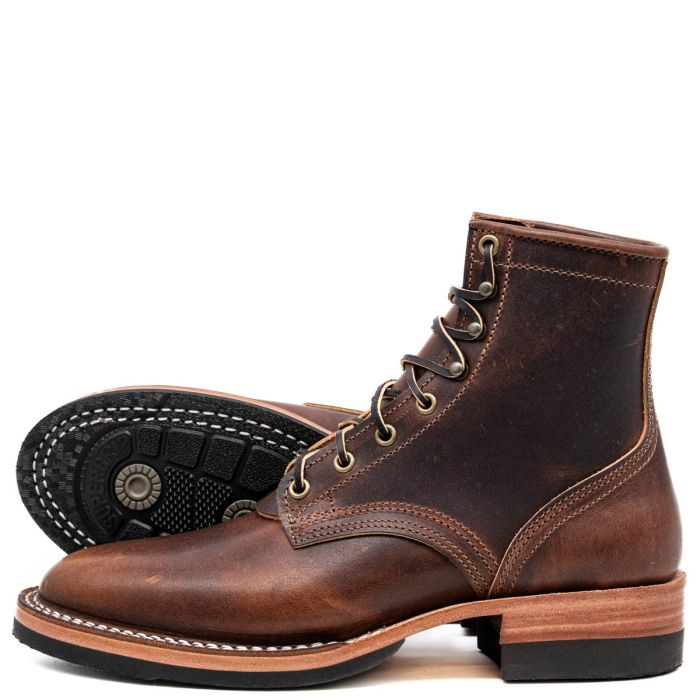 Nicks x Parkhurst V3 - Half Sole - $689.00 Horween & Seidel Leather.
Nicks x Parkhurst V3 - Half Sole - $689.00 Horween & Seidel Leather. -
John Elliott - Extra 30% off everything Up to 70% off.
-
New & Pre-owned Barbour Jackets From $60
-
SALE - Private White VC X Grenson Williams - $153 Use code JAN20 for extra 20% off.
-
De Bonne Facture - Undyed Cotton Vest - €474 Inspired by the jackets worn by Camargue gardians (cowboys) in the early 20th century.
Latest posts
- Replies
- 88,575
- Views
- 15,934,601
- Replies
- 21,827
- Views
- 4,736,926
- Replies
- 4,370
- Views
- 405,968
- Replies
- 83,482
- Views
- 15,365,606
- Replies
- 47,726
- Views
- 8,941,420
Similar threads
- Replies
- 4
- Views
- 3,042
- Replies
- 41
- Views
- 11,524
Featured Sponsor
Forum Sponsors
- American Trench
- AMIDÉ HADELIN
- Archibald London
- The Armoury
- Arterton
- Besnard
- Canoe Club
- Capra Leather
- Carmina
- Cavour
- Crush Store
- De Bonne Facture
- Drinkwater's Cambridge
- Drop93
- eHABERDASHER
- Enzo Custom
- Epaulet
- Exquisite Trimmings
- Fils Unique
- Gentlemen's Footwear
- Giin
- Grant Stone
- House of Huntington
- IsuiT
- John Elliott
- Jonathan Abel
- Kent Wang
- Kirby Allison
- Larimars Clothing
- Lazy Sun
- LuxeSwap
- Luxire Custom Clothing
- Malloch's
- Nicks Boots
- No Man Walks Alone
- Passus shoes
- Pediwear
- Private & Co.
- Proper Cloth
- SARTORIALE
- SEH Kelly
- Self Edge
- Shop the Finest
- Skoaktiebolaget
- Spier and MacKay
- Standard and Strange
- Bespoke Shoemaker Szuba
- Taylor Stitch
- TLB Mallorca
- UNI/FORM LA
- Vanda Fine Clothing
- Von Amper
- Wrong Weather
- Yeossal
- Zam Barrett
Members online
- JayDee90
- ErikDg
- Cor3yy
- New Shoes1
- Fenderplyr
- Fulton
- thewodg
- elfreeman
- Encore
- jarm
- Weldy
- radsag
- zippyh
- Michigan Planner
- Iyor
- Ambulance Chaser
- thass_hot
- Sea dragon
- RegisDB9
- obscyuriy
- Gibonius
- Alternate
- monday100
- adam.dangelo@vdrgroup
- ramdomthought
- clee1982
- APK
- hdub
- workwear
- DTOB
- Stephen Jones
- aero.leo
- mktitsworth
- aKula
- vmss
- classicalthunde
- me.spoke
- remy twotimes
- brokencycle
- Don Gately
- LCS1509
- JayDotz
- _AMD
- Conan04
- lpast
- tertbutyl
- Watchman1
- jpvman
- mak1277
- acsX
Total: 3,936 (members: 124, guests: 3,812)












